Regulatory Support and Guidelines
The Needle-Free Injector Market is benefiting from enhanced regulatory support and guidelines that facilitate the development and approval of innovative devices. Regulatory bodies are increasingly recognizing the advantages of needle-free technology, which can improve patient compliance and reduce the risk of needlestick injuries. Recent initiatives aimed at streamlining the approval process for medical devices are likely to encourage manufacturers to invest in research and development. This supportive regulatory environment is essential for fostering innovation within the Needle-Free Injector Market. As new products enter the market, compliance with stringent safety and efficacy standards will be crucial. The ongoing collaboration between manufacturers and regulatory agencies may lead to a more robust market landscape, ultimately enhancing patient access to needle-free solutions.
Rising Incidence of Chronic Diseases
The Needle-Free Injector Market is significantly influenced by the rising incidence of chronic diseases, which necessitates effective and convenient drug delivery methods. Conditions such as diabetes, arthritis, and cardiovascular diseases require regular medication, and needle-free injectors offer a viable solution for patients who may be averse to traditional injections. Data suggests that the prevalence of diabetes alone is expected to reach over 700 million cases by 2045, creating a substantial market opportunity for needle-free injectors. This trend is likely to drive innovation and investment in the Needle-Free Injector Market, as manufacturers seek to develop devices tailored to the needs of chronic disease patients. The convenience and ease of use associated with needle-free technology may enhance patient adherence to treatment regimens, further propelling market growth.
Increased Patient Acceptance and Demand
The Needle-Free Injector Market is witnessing a notable increase in patient acceptance, which is significantly influencing market dynamics. Patients are increasingly favoring needle-free options due to the reduced pain and anxiety associated with traditional injections. Surveys indicate that a substantial percentage of patients express a preference for needle-free injectors, particularly for vaccinations and chronic disease treatments. This shift in patient preference is likely to drive demand, as healthcare providers seek to accommodate the needs of their patients. Additionally, the rise in self-administration practices, especially among individuals with chronic conditions, is further propelling the market forward. The Needle-Free Injector Market is thus positioned to benefit from this growing acceptance, which may lead to expanded product offerings and increased market penetration.
Growing Focus on Patient-Centric Healthcare
The Needle-Free Injector Market is increasingly aligned with the growing focus on patient-centric healthcare, which emphasizes the importance of patient experience and outcomes. Healthcare providers are recognizing the need to enhance patient comfort and satisfaction, leading to a shift towards less invasive treatment options. Needle-free injectors are gaining traction as they minimize pain and anxiety associated with injections, thereby improving the overall patient experience. This trend is supported by healthcare policies that advocate for patient-centered approaches, which may drive the adoption of needle-free technology. As the Needle-Free Injector Market evolves, manufacturers are likely to prioritize user-friendly designs and features that cater to patient preferences. This alignment with patient-centric principles could result in a more favorable market environment, fostering growth and innovation.
Technological Advancements in Needle-Free Injectors
The Needle-Free Injector Market is experiencing a surge in technological advancements that enhance the efficacy and safety of drug delivery systems. Innovations such as micro-jet technology and spring-loaded mechanisms are being integrated into needle-free injectors, allowing for precise and pain-free administration of medications. According to recent data, the market for needle-free injectors is projected to grow at a compound annual growth rate of approximately 10% over the next five years. This growth is driven by the increasing demand for self-administration devices, particularly in chronic disease management. Furthermore, advancements in materials and design are improving the user experience, making these devices more appealing to both healthcare providers and patients. As technology continues to evolve, the Needle-Free Injector Market is likely to witness further enhancements that could redefine patient care.



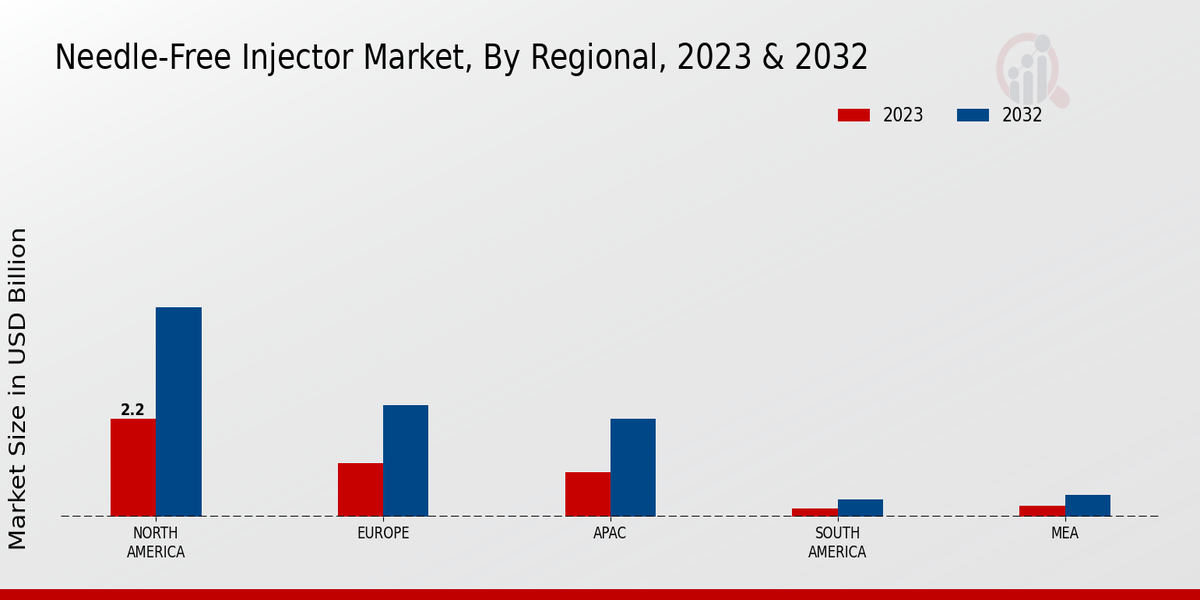
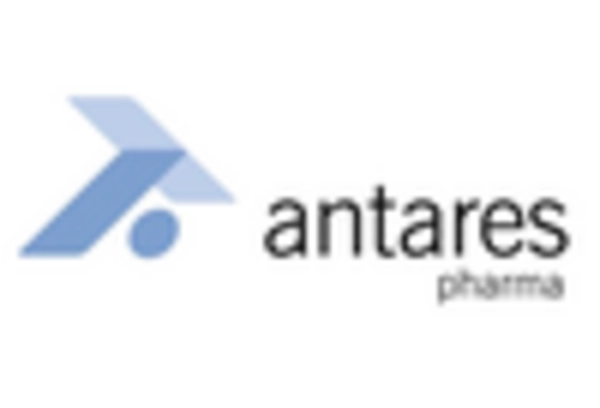


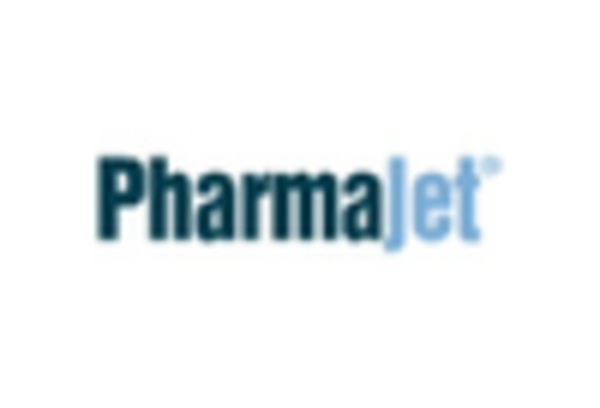
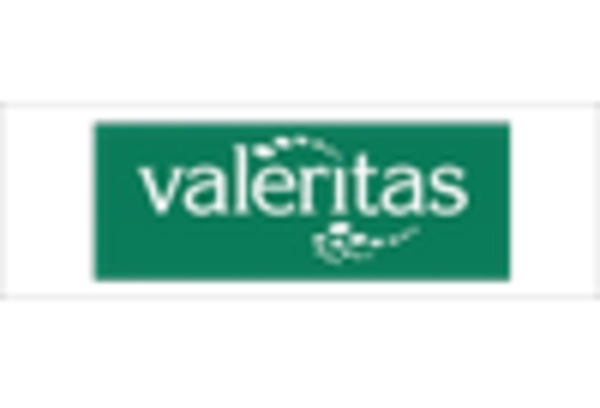
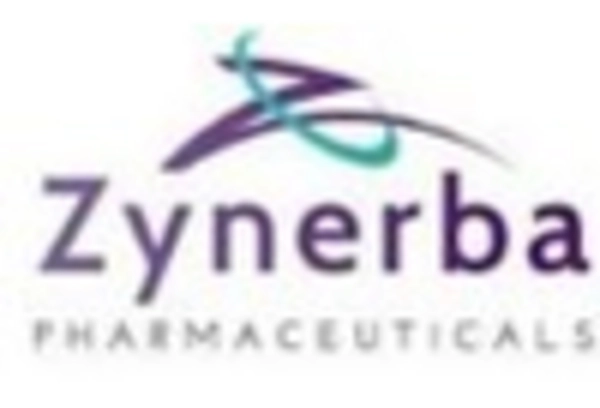








Leave a Comment